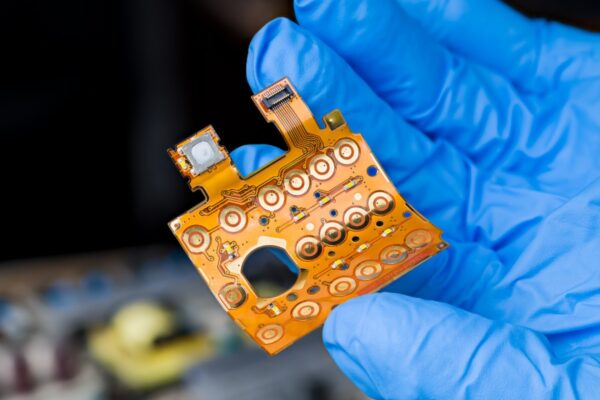What is Cover Lay (Cover Coat)
Cover lay, also known as the cover coat, is an outer layer or layers of insulating material that are applied over the conductive pattern on the surface of a printed board. It is typically made of a flexible film material, such as Polyimide (PI) or Polyethylene Terephthalate (PET), which is laminated with adhesive. This layer is crucial for providing protection and insulation to the underlying circuitry.
Cover lay safeguards the circuits from external elements, such as moisture, dust, and mechanical stress. By acting as a protective barrier, it helps to enhance the durability and reliability of the printed board. It can also define the routing and spacing of the circuitry. Designers can strategically apply the cover lay in specific areas to create defined paths for the circuits and ensure proper spacing between them, thereby improving the overall performance and functionality of the PCB.
The material of cover lay should possess desirable mechanical properties, including flexibility and tear resistance, to withstand the bending and flexing that the PCB may undergo. The adhesive of cover lay should exhibit excellent adhesion properties and be capable of withstanding the temperature and environmental conditions to which the PCB may be exposed.





